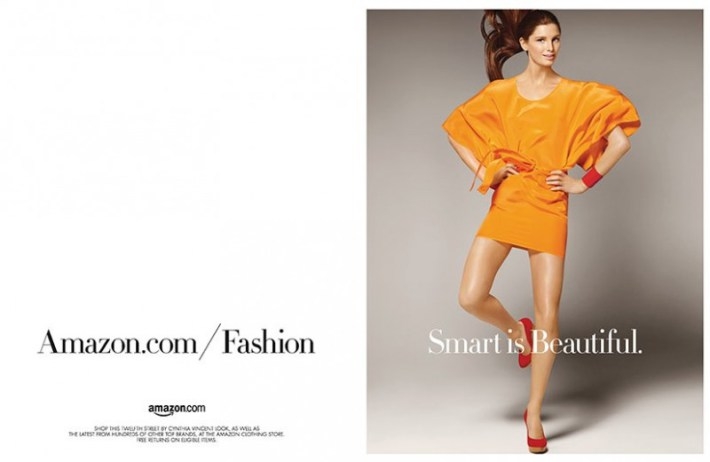Can Amazon Revolutionise Fashion?
Amazon has revealed plans to open a brand new 46,000 sq. ft. photography studio in London next year. So will one of the most successful online sellers become a leader in the fashion industry?
The aim, it seems, is to create one of largest studios of its kind in Europe so as to enable the internet retailer to provide images for its fashion businesses across the continent.

Amazon began selling clothing back in 2008. In 2010 it made a strategic acquisition of the internet fashion retailer BuyVIP, founded by a Spanish entrepreneur Gustavo Garcia Brusilovsky (also a founder of Klikin, but that's another story).
In the last six years, Amazon has experienced incredible successes in the area – not least selling more than 1m fashion items in the run-up to Christmas last year, as mentioned by Sergio Bucher, VP of Amazon Fashion during the Drapers Fashion Forum last month.
This year, however, the company has really started to increase its efforts, adding notable and respected names to its already impressive roster – including Gucci and Hugo Boss.
The biggest problem the company faces is that the most successful fashion retailers generally target their marketing and branding efforts at a fairly niche market, where the storytelling and experience is targeted to a very specific customer.
Amazon, on the other hand, targets everyone, everywhere with everything – from books and technology to furniture and sportswear.
Of course, Amazon has the advantage of being incredibly visible and already a leader in convenience e-shopping, but is it a desirable brand for a fashion conscious consumer?
Many critics are doubtful, as fashion is more than just the logistics of receiving goods at a competitive price. It is about newness, discovery, being inspired and entertained.
In our view, in order for Amazon to become a successful fashion retailer, it will have to address these issues and appeal to two very different demographics simultaneously; it will need to combine the mass market appeal vital to its current model with the relatively specific appeal that attracts serious buyers of fashion.
However doing this would require nothing less than a revolution in the world of fashion. Either Amazon will have to extend its brand in order to accommodate the fashionistas (possibly by creating a new sub-brand or even an entirely new one) or extend the allure of fashion to the masses possibly through personalisation.
In other words, if Amazon is to achieve success in the fashion industry, it will have to change the views of the industry’s current buyers, the appeal of the products or the shopping experience itself.
Will Amazon conquer the world of fashion? Email us your thoughts.
